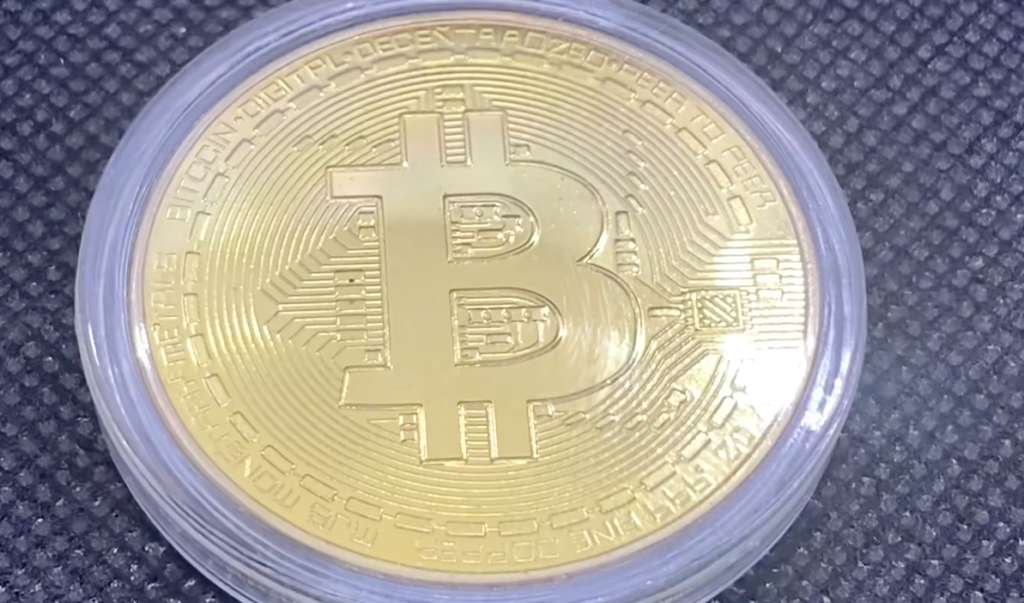Why Crypto Markets React to Big News: How Fear Affects Bitcoin Prices
Cryptocurrency markets are notoriously volatile, with prices fluctuating dramatically in response to events and news. Unlike traditional financial markets, where regulatory frameworks and institutional investors create some degree of stability, the crypto space is more vulnerable to sudden sentiment shifts, driven by a mix of speculation, fear, and optimism. Among these, fear-based reactions have a significant impact, especially on Bitcoin (BTC), the largest and most influential cryptocurrency. But why does Bitcoin, along with the broader crypto market, react so dramatically to big news? And how does fear, in particular, drive this volatility?
In this comprehensive blog, we’ll explore the following:
- Why Bitcoin’s price is susceptible to external news
- The psychology of fear and its role in crypto trading
- How different types of news affect Bitcoin prices
- Examples of major fear-driven events that caused Bitcoin crashes
- Strategies investors can use to manage fear and volatility
I. Why Bitcoin Prices React to External News
Bitcoin and other cryptocurrencies are still in their early stages of adoption compared to traditional financial instruments like stocks or bonds. This makes them more sensitive to both positive and negative news, with fear-driven sell-offs being a frequent occurrence.
1. Lack of Intrinsic Value and Tangibility
Unlike stocks, which represent ownership in a company, or gold, which has physical presence and utility, Bitcoin is primarily valued for its decentralization and scarcity. Without intrinsic value, Bitcoin’s price is dictated by market sentiment—how investors feel about its future prospects. News, especially bad news, can shake that sentiment quickly.
2. High Retail Investor Involvement
The crypto market is heavily influenced by retail investors—individuals trading from home. These investors are often emotional in their decision-making, unlike institutions that use more calculated strategies. This makes Bitcoin and other cryptocurrencies more prone to panic selling and fear-based reactions.
3. 24/7 Trading and No Circuit Breakers
Crypto markets operate 24/7, meaning that there’s no pause for traders to process big events, unlike traditional stock markets that close overnight or on weekends. This constant activity heightens the risk of emotional decision-making, especially in response to sudden news. Traditional markets also use circuit breakers to halt trading during extreme volatility—an option not available in crypto markets.
4. Influence of Media and Social Networks
Social media platforms like Twitter, Reddit, and YouTube play a huge role in shaping crypto sentiment. News spreads rapidly, often without verification, leading to exaggerated fears and reactions. When influential figures like Elon Musk or large news outlets comment on Bitcoin, prices can spike or crash within hours.
II. The Psychology of Fear in Crypto Markets
Fear plays a powerful role in financial markets, particularly in the crypto space, where uncertainty and hype dominate. Psychologists call this behavior loss aversion—the tendency for people to feel the pain of losses more intensely than the joy of equivalent gains.
1. Fear, Uncertainty, and Doubt (FUD)
FUD is a common term in the crypto community, referring to Fear, Uncertainty, and Doubt caused by negative news or rumors. When investors encounter FUD, they tend to sell off their holdings to avoid losses, triggering price declines.
- FUD is often fueled by regulatory announcements, market rumors, or exchange issues.
- The fear spreads quickly across social media, leading to panic-induced sell-offs.
2. The Herd Mentality
In crypto markets, traders often follow the herd mentality, where individuals make decisions based on what others are doing. When one group of investors starts selling out of fear, others quickly follow, creating a cascade of sell-offs that amplifies price declines.
3. Recency Bias
Fear in crypto markets is also influenced by recency bias—the tendency to believe that recent events will continue to affect the future. After experiencing market crashes, traders may overestimate the risk of further declines, causing them to sell prematurely at the slightest hint of bad news.
III. How Different Types of News Affect Bitcoin Prices
Bitcoin’s price doesn’t react the same way to all types of news. Some events trigger short-term volatility, while others have long-lasting impacts on the market. Let’s examine the key types of news and their effects on Bitcoin prices.
1. Regulatory News
Governments and regulatory bodies play a crucial role in shaping crypto markets. News about bans, restrictions, or tax policies often triggers fear and uncertainty, leading to sharp price drops.
- Example: China’s repeated crackdowns on Bitcoin mining and trading in 2021 caused Bitcoin’s price to plunge by more than 50% within a few weeks.
- On the other hand, favorable regulatory news, such as legal frameworks supporting Bitcoin adoption, can boost prices.
2. Hacks and Security Breaches
When major exchanges or wallets are hacked, it undermines trust in the entire crypto ecosystem.
- Example: In 2014, the hack of the Mt. Gox exchange resulted in the loss of 850,000 BTC and led to a massive crash in Bitcoin’s price.
- Fear of losing assets often leads to mass withdrawals and panic selling.
3. Influential Figures and Social Media
Bitcoin’s price is heavily influenced by comments from influential figures. A single tweet can send prices soaring or tumbling.
- Example: In May 2021, Elon Musk tweeted that Tesla would no longer accept Bitcoin as payment due to environmental concerns. This announcement triggered a sharp sell-off across the market.
- Investors often react emotionally to such announcements, even when the fundamentals remain unchanged.
4. Global Economic Events
Bitcoin is sometimes seen as a hedge against inflation and economic uncertainty. However, during periods of economic crisis, fear can still dominate.
- Example: During the COVID-19 pandemic in March 2020, Bitcoin initially plunged alongside traditional markets as fear gripped investors. However, it later recovered as central banks introduced stimulus measures.
IV. Case Studies: Fear-Driven Bitcoin Crashes
Let’s explore some key moments in Bitcoin’s history where fear-based reactions to news caused significant price drops.
1. The 2018 Crypto Market Crash
After reaching an all-time high of nearly $20,000 in December 2017, Bitcoin experienced a dramatic crash in early 2018. The downturn was driven by:
- Regulatory fears in South Korea and China
- Concerns over ICO frauds and exchange hacks
- A massive sell-off by retail investors hoping to avoid losses
Bitcoin lost more than 80% of its value within a year, falling to around $3,000 by December 2018.
2. Elon Musk and the Tesla U-Turn (2021)
In early 2021, Bitcoin surged to new highs after Tesla announced it had bought $1.5 billion worth of Bitcoin and would accept it as payment. However, in May 2021, Musk reversed the decision, citing environmental concerns.
- This reversal, combined with China’s crackdown on mining, triggered a sell-off that saw Bitcoin’s price drop from $64,000 to around $30,000 in a matter of weeks.
V. How Investors Can Manage Fear and Volatility
Given the emotional nature of crypto markets, it’s essential for investors to adopt strategies that minimize the impact of fear on their decisions.
1. Diversification
Spreading investments across multiple assets, including stocks, bonds, and other cryptocurrencies, can reduce the emotional impact of Bitcoin’s volatility.
2. Use of Dollar-Cost Averaging (DCA)
DCA involves investing a fixed amount of money at regular intervals, regardless of market conditions. This strategy reduces the temptation to time the market and avoids emotional trading decisions.
3. Following a Long-Term Plan
Investors with a long-term outlook are less likely to panic in response to short-term news. Bitcoin’s historical trend shows that while it experiences severe crashes, it often recovers and reaches new highs over time.
4. Ignoring Social Media Hype
Staying away from social media hysteria can help investors make rational decisions. Instead of following the herd, focus on fundamental analysis and long-term trends.
Conclusion: Navigating Fear in Crypto Markets
The crypto market’s volatility is fueled by a combination of news events, emotional reactions, and speculative trading. Bitcoin, in particular, is highly sensitive to fear-driven responses, with prices swinging dramatically based on regulatory announcements, market rumors, and social media hype. While fear can create chaos in the short term, investors who manage their emotions and adopt disciplined strategies are better positioned to weather volatility and capitalize on long-term growth.
In the end, fear will always be a part of crypto investing, but understanding how it works can help investors navigate the uncertainty and avoid costly mistakes. Bitcoin has proven time and again that it can recover from even the most fear-driven crashes, making it a resilient asset for those who stay the course.
![Front Gold Collection Bitcoin[1]](https://blinkee.com/blinkeeblog/wp-content/uploads/2023/07/Front-Gold-Collection-Bitcoin1.jpg)


